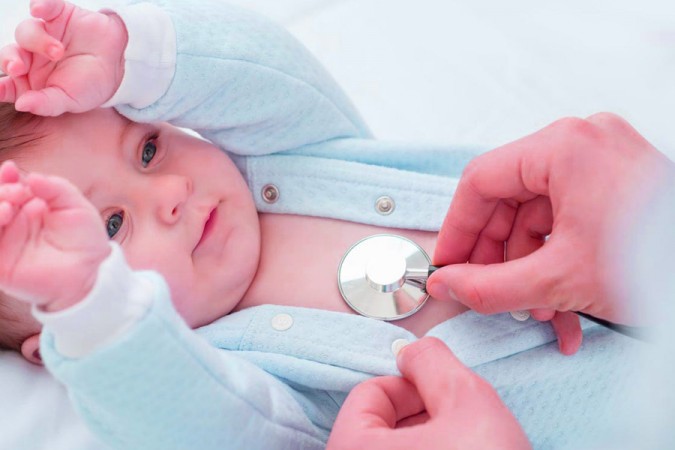Why Conserve Stem Cells

Cord stem cells are a health reserve, a biological insurance. But what exactly are they? Let's start by saying that at the moment of conception is formed the first stem cell of the organism that immediately begins to divide and specialize in various tissues and then in organs until it forms the foetus.
Stem Cells
Stem cells are primitive cells, that is, non-specialised cells, which have the unique capacity to transform themselves, starting from the embryo and throughout the life of each individual, into the approximately 200 different cell types that make up the body: neurons, skin cells, muscle cells, bone cells, liver cells and so on.
Conserving stem cells is important, as they are a valuable therapeutic support to more than 70 serious blood diseases, including cancers such as Leukemia, Lymphomas, Neuroblastomas, Myelomas.
The Cord Stem Cells have special characteristics
- Today they are already used as standard therapy in 85 diseases.
- They are younger and more efficient in producing blood cells.
- They are more immune neutral and in the case of transplantation the risk of rejection is lower.
- In case of transplantation, 4 out of 6 HLA compatible parameters between donor and recipient are sufficient, in case of use of marrow stem cells, 9 out of 10 HLA compatible parameters are necessary.
- They are already frozen and ready for clinical use, but the search for a compatible marrow donor can take up to 6 months and longer.
- Cord blood also contains a very small amount of mesenchymal stem cells that can give rise to other tissues such as bone, fat and cartilage.
The Science
The first successful transplantation of stem cells from cord blood took place in 1988. Since then, umbilical cord stem cell transplantation has grown significantly worldwide, to over 30,000 in both children and adult patients. To date, there are about 190 clinical trials under way around the world involving the use of cord stem cells to treat a variety of diseases (leukaemia, anaemia, diabetes and congenital metabolic disorders such as cerebral adrenoleukodystrophy). The number of clinical trials has risen to more than 400 if we consider the trials already completed or completed. Among the ongoing trials, at least 18 (about 10%) involve the use of autologous stem cells for the treatment of various diseases such as type 1 diabetes (or juvenile diabetes) and ischemic/hypoxic syndromes of the child.
5 good reasons for conserving umbilical cord stem cells
- Because it is your first gesture of love, a new way to take care of your baby from birth.
- Because childbirth (both caesarean and natural) is a unique and unrepeatable time to preserve them.
- To secure a health reserve for your child and the whole family (close family).
- Because the collection is a painless process and does not involve any risk for the mother and the child (the collection is carried out in hospital by the Midwife who will follow you during the birth).
- Because there is no ethical problem with collection and storage.
Lucia Franco
After birth how to treat the umbilical cord
Normally the umbilical cord detaches within 7/15 days of the birth of the newborn. In the meantime, however, it should be kept as dry as possible to facilitate the fall. In fact, according to the American Academy..
ReadHealth: having a child would age the woman of 11 years
According to a research, published in the scientific journal Human Reproduction and then also taken up by New Scientist, having a child would age the woman of 11 years. But not only that. His DNA would change dramatically...
Read

